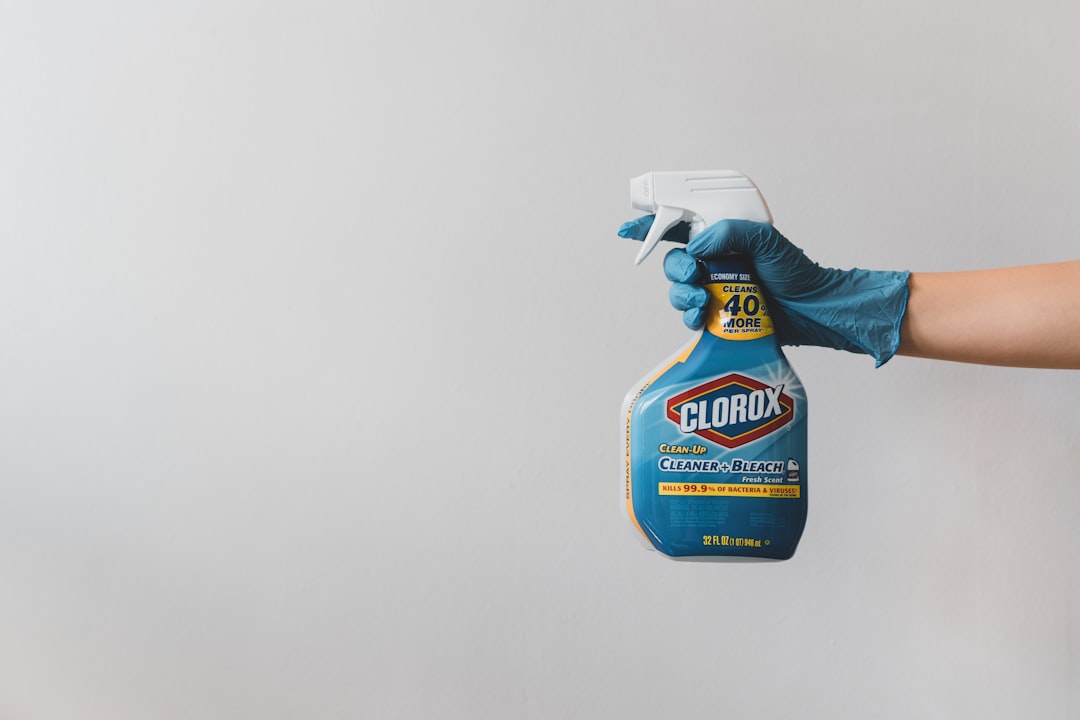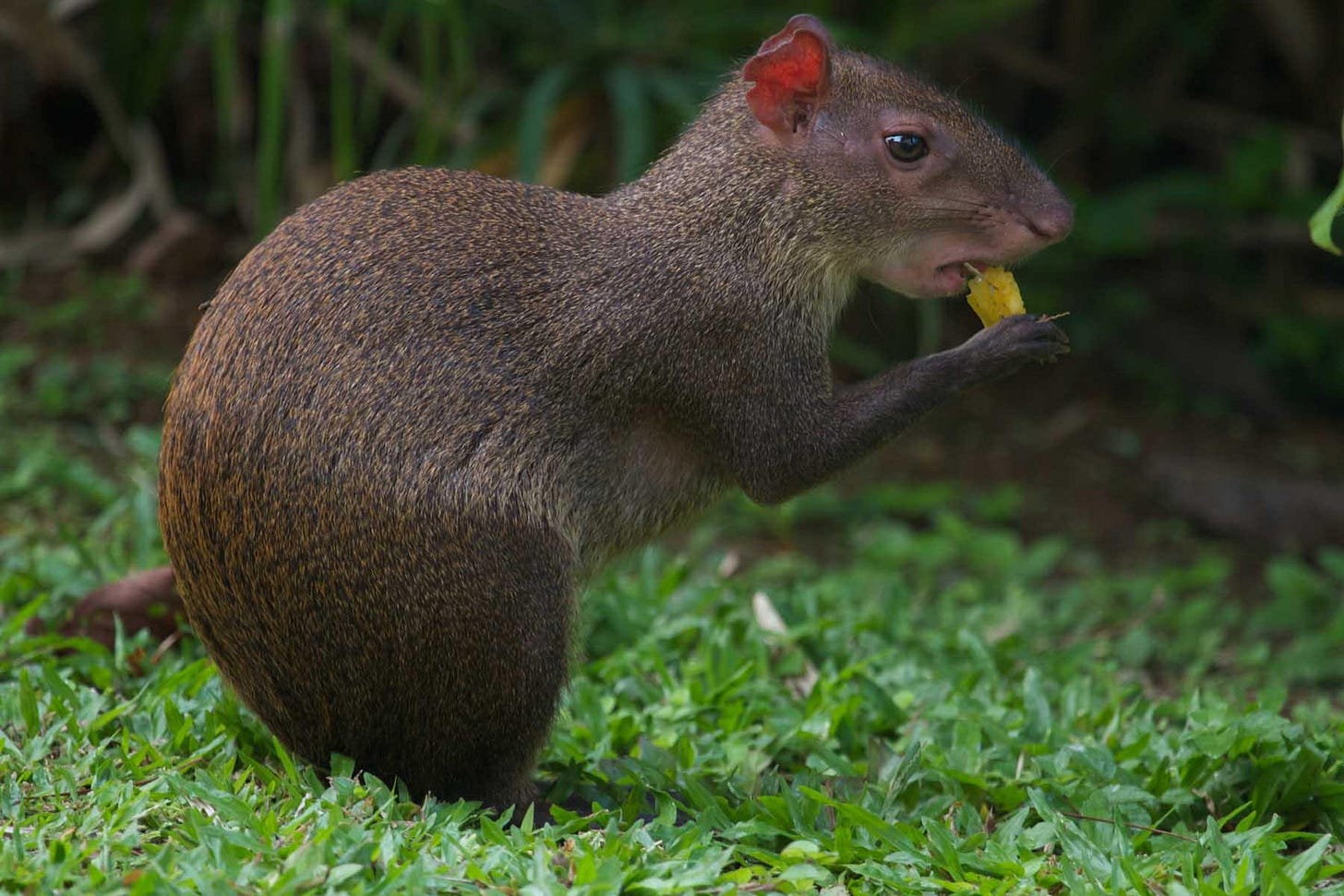QUICK PSA
I have been neglecting this substack, not because I have forgotten about it but rather because
and I have been quietly developing a toothpaste together.We’ve been using it exclusively for the last few months, and we’re extremely excited to share it with you.
If this is something that interests you, click the button below:
Introduction
You may not like the sound of it, but there are literally billions of microscopic bacteria in your mouth right now, at this very moment.
Not all of them are bad though. I promise.
In fact, many of them are supporting you against cavities, bad breath, and gum disease.
However, for a good portion of you, there is an imbalance. Some of it is your fault, but a lot of it isn’t.
Biomes and Microbiomes
We’ve all heard the term “microbiome” before, but what is it exactly?
Why should we care?
Before we talk about tiny microbiomes, let’s first define a biome.
In other words, a biome is a community of organisms.
A perfect example of a biome would be a jungle; rich with life including a variety of plants, mammals, and insects. The jungle is a diverse and highly interconnected network of organisms, each providing something to the cycle of life.
Some organisms are more important to the functionality of the biome, and we call these Keystone species. (I swear this is going to come full circle, just humor me.)
Let’s take the Agouti, a keystone species in the Amazon Rainforest. It’s basically an oversized guinea pig, pictured below.
What would happen to the rainforest if we elimnated all agoutis?
At first glance, you’d think that the rainforest would keep chugging along even without these rat-looking things.
Dig a little deeper, and you find that their sharp teeth make them prime candidates for cracking open the notoriously hard brazil nut seedpods. This then allows the seeds to be dispersed across the rainforest, allowing the brazil nut tree to propogate along the rainforests of Brazil and Peru.
These little rodents are responsible for the 200+ foot treets that tower over the rainforest providing food and shelter to the multitude of organisms in the biome of the Amazon Rainforest.
If one oversized guinea pig can have such a profound effect on one of the largest biomes on earth, why would it be any different on a microscopic level?
Well, it’s not.
Oral Microbiome
In your body, you are home to nearly 39 trillion microbial cells, far outnumbering your own cells.
All of these microbes make up the “microbiome” AKA the bacterial version of the Amazon Rainforest. The microbes are in a constant rhythm that allow us to digest our food, think clearly, prevent infections, and staying slim.
On the flip side, when this community of bacteria is out of whack, things start to go downhill…fast.
The current microbiome craze focuses on the gut, as it should.
However, the oral microbiome is often left out of the equation.
I don’t view the oral microbiome and gut microbiome as separate, but that’s how the narrative has taken shape.
Your mouth is the gateway to the entire body, and has the second largest/diverse microbiome in the entire body.
When properly nourished, it’s a bacterial symphony leaving you with good breath, healthy teeth, and plenty of systemic benefits.
Yet, we continually and ignorantly sterilize it with products like mouthrinses and toothpastes.
Not only do we sterilize it, we have grown to seek out the “burn” as a sign of health.
Obliteration of the delicate microbiome has become a part of our cultural fiber. Going back to the Amazon example from earlier, we wake up everyday and sacrifice Agoutis without asking ourselves why we’re doing it, and then wonder why there are no beautiful and tall trees.
We all have a microbiome, but none of us have the same populations of microbes.
Some of us have a dominantly healthy foundation, while others are housing nefarious bacteria that wreak havoc on a daily basis.
Where do the microbes live in the mouth? Everywhere:
The teeth, tongue, cheeks, gums, tonsils, hard palate and soft palate.
There is a website called the Human Oral Microbiome Database where you can get an idea of how diverse this truly is.
We are still at the dawn of microbiome research, and I imagine it will transform the way we live as the next decade progresses, but that doesn’t mean we can’t take measures today to improve this community of microbes that inhabits us and contributes to our overall health and well being.
Now that you are sufficiently scared and intrigued at the notion that 39 trillion microscopic organisms inhabit your body, and may be killing you and simultaneously saving your life, what can we do about it?
Well, we can stop sterilizing the damn thing with chemicals, eating fermented foods and properly practice oral hygiene. Let’s break down each one
Sterilizers (avoid these)
Most mouthwashes contain alcohol and have a low pH, and other people even use peroxide in their mouths.
This practice is essentially wiping out a good portion of your entire microbiome, and you are relying on all of the good bacteria to repopulate while praying that the bad bacteria stay dead. This is rarely the case, and often the cause of dysbiosis (bad microbiome community).
Chlorhexidine is another prescription mouthwash that is often recommended for those with periodontal disease or gingivitis. Another detrimental ingredient to the microbiome.
Toothpaste ingredients like SLS, Triclosan, Titanium Dioxide, Parabens, BPA
Proper Oral Hygiene
Now, just because we want to avoid harmful ingredients doesn’t mean we’re completely off the hook.
You need to have a consistent and detailed oral hygiene routine to disrupt the bad microbes that cause bad breath, cavities, and other systemic diseases.
Toothbrushing twice daily, soft toothbrush and nonabrasive toothpaste
Tongue Scraping
Flossing
Eliminating dry mouth
Utilize Xylitol lozenges/gum
Fermented Foods
Kefir and Kimchi are definitely hate-it or love-it types of foods, but they are extremely rich in probiotics to help populate the microbiome in a positive way.
Greek yogurt is another one, to consider adding, but less potent. These fermented foods increase the diversity of microbes in the oral microbiome, and reduce markers of inflammation.
Conclusion
These are some quick, affordable, and actionable ways you can aid in the health of your delicate microbiome. This is not meant to be an exhaustive guide for oral microbiome excellence, but rather to shed light on how we are naive to our normalized practices of using daily nuclear bombs to such sensitive and important microbial communities that are meant to aid us rather than hurt us.
In the long term, using sanitizing practices leads to dysbiosis of the microbiome and can facilitate the onset of disease and malnutrition.
I hope this wasn’t overwhelming, but rather insightful and motivating to make small changes to your lifestyle.
I encourage you all to make a small but impactful mindset shift from sterilizing to gentle course correcting when it comes to your mouth.
Until next time…







Yes, great post,super helpful. Thank you!
Great post. Easy to follow, knowledgable, actionable. More of this please!